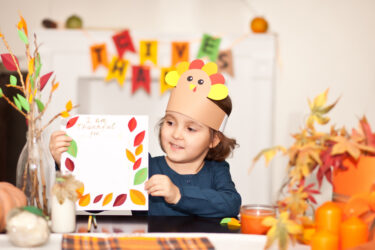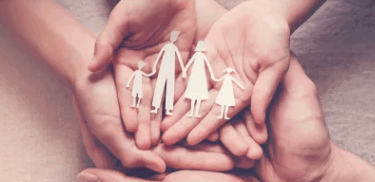Keep your kids safe by giving them empowering tools to use when you’re not around.
According to police statistics, thousands of missing person reports are filed annually. This number includes runaways and kidnappers of both youth and adults, but it is the youngest among us who need to learn how to protect themselves from stranger abductions.
This is not meant to scare you.
10 years ago, 13-year-old Tabitha Tuders left her East Nashville home in the early morning to catch her school bus bound for Bailey Middle School. She never boarded the bus, and she’s not been seen since. Her parents, both at work during the school day, didn’t learn that she was gone until that evening when she failed to return home. Did Tabitha willingly go with a stranger?
The FBI reports that most child abductions are done by luring children into a vehicle (rather than taking them by force), and 74 percent of child abductions are girls.
So, how can we better equip our children to fight back when they are in dangerous situations?
BASICS OF SAFETY
- Know the difference between a good adult and a bad adult
- Know your family password (a secret word known only to your family that indicates a difficult and potentially dangerous event is taking place)
- Understand the difference between a good touch, a bad touch and an uncomfortable touch
Confusion Over “Strangers”
Teaching young children to know the difference between good versus bad adults is tricky, and many parents have gone overboard to the extent that their young children won’t talk to adults at all.
“It’s a shame,” grandmother Vicky Weathers says. “I love children, but many of them have been taught to be afraid of even good people. It’s a break down in society, and I hate to see it,” she adds.
So how do you teach your children the difference?
According to Child Watch of North America, a national missing children organization, advice to never talk to strangers is useless if an adult known to the child is the abductor. Parents can teach children the difference between a good stranger and a bad stranger by telling them what a good stranger would never do: 1) Ask for help of a child; 2) Harm a child in any way; 3) Try to trick a child by luring her with an enticement. Child Watch also says kids should learn that it’s OK to get help from a stranger if they are in danger and how to identify a good stranger (a police officer, store manager, someone in a uniform or in charge).
Your children should also know that they are NEVER to go anywhere with a stranger without asking for your permission.
Safety Rules for Children
- Learn to use the telephone including how and when to use 911. Memorize telephone number and area code.
- Agree on a family password.
- Always check with my parents first.
- Tell my parents if someone asks me to keep a secret.
- Don’t wear clothes with my name on them.
- Avoid shortcuts, and don’t play in isolated areas.
- Remember adults do not need my help. Ask my parents before helping.
- My parents allow me to do whatever it takes to protect myself.
- Develop an emergency plan. Establish a safe house for assistance.
- Most people are good and would not hurt me. Even so, I still have to be careful and protect myself.
Source: Federal Bureau of Investigation
Helpful Websites
www.childwatch.org
Nationwide nonprofit missing children’s organization …
www.kidprotectionnetwork.org
A safe streets for all kids initiative …
www.radkids.org
Personal empowerment safety education …
www.ncmec.org aka www.missingkids.com
The National Center for Missing and Exploited Children.





